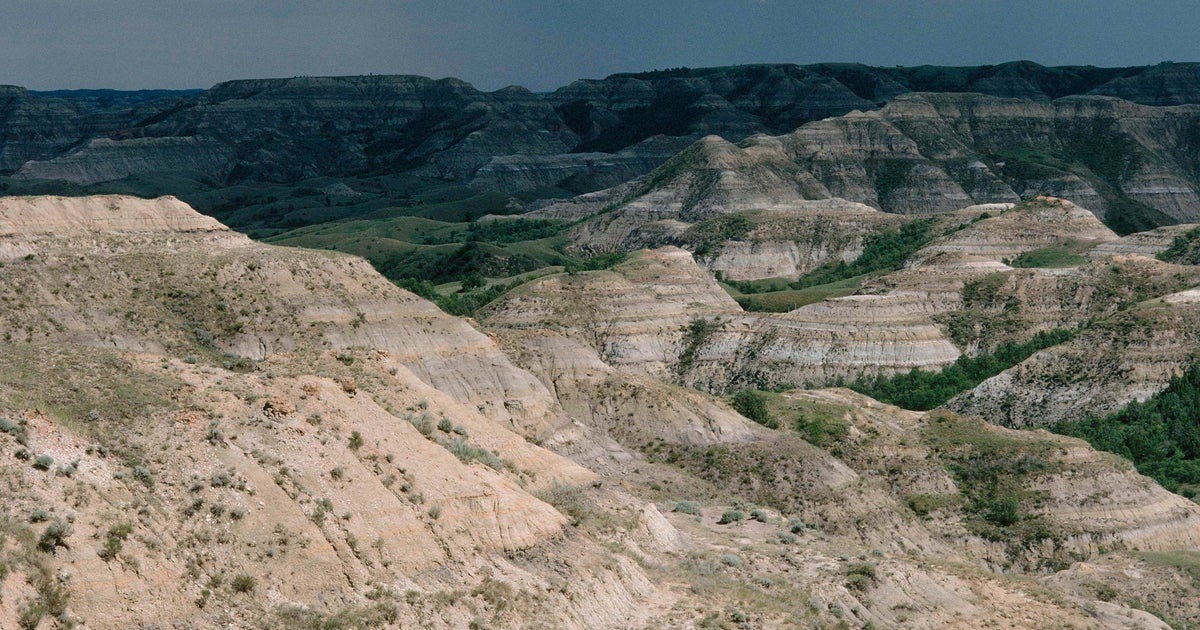A coalition of conservation groups and Native American tribal citizens on Friday called on President Joe Biden to designate nearly 400,000 acres of rugged, scenic Badlands as North Dakota’s first national monument. various tribal states would preserve the area’s indigenous and cultural heritage.
The proposed Maah Daah Hey National Monument would include 11 non-contiguous, newly designated units totaling 139,729 acres in the Little Missouri National Grassland. The proposed units would encompass the popular recreation trail of the same name and adjacent Theodore Roosevelt National Park, named for the 26th president who ranched and roamed the Badlands as a young man in the 1880s.
“If you tell the story of the landscape, you have to tell the story of people,” says Michael Barthelemy, an enrolled member of the Mandan, Hidatsa and Arikara Nation and director of Native American Studies at Nueta Hidatsa Sahnish College. “You have to tell the story of the people who first inhabited these places and the symbiotic relationship between the people and the landscape, how the people worked to shape the land and how the land worked to shape the people.”
The US Forest Service would manage the proposed monument. The National Park Service oversees many national monuments, which are similar to national parks and usually designated by the president to protect the features of the landscape.
Supporters have traveled to Washington twice to meet with officials from the White House, the Interior Department, the Forest Service and the Department of Agriculture. But the effort faces an uphill battle with just two months left in Biden’s term and potential headwinds in President-elect Trump’s incoming administration.
If that fails, the group will turn to the Trump administration “because we believe this is a good idea regardless of who is president,” said Scott Skokos, executive director of the Dakota Resource Council.
According to supporters’ map, dozens, if not hundreds, of oil and natural gas wells dot the landscape where the proposed monument would extend. But the proposed units have no oil and gas leases, private property or acreage occupancy, and no pasture leases would be eliminated, said John Bradley, executive director of the North Dakota Wildlife Federation.
The proposal is supported by the MHA Nation, the Spirit Lake Tribe and the Standing Rock Sioux Tribe through council resolutions.
If created, the monument would help tribal citizens stay connected to their identities, said Democratic state Rep. Lisa Finley-DeVille, a member of the MHA Nation.
Doug Burgum, Governor of North Dakota is Trump’s pick to lead the Interior Department, which oversees the National Park Service. In a written statement, Burgum said, “North Dakota is proof that we can protect our precious parks, cultural heritage and natural resources AND develop our vast energy resources responsibly.”
North Dakota Sen. John Hoeven’s office said Friday it was the first they had heard of the proposal, “but any effort that would make it more difficult for farmers to operate and that could limit multiple uses, including development of energy, will cause concerns for Senator Hoeven.”
Discover more from USASEOIT
Subscribe to get the latest posts sent to your email.

